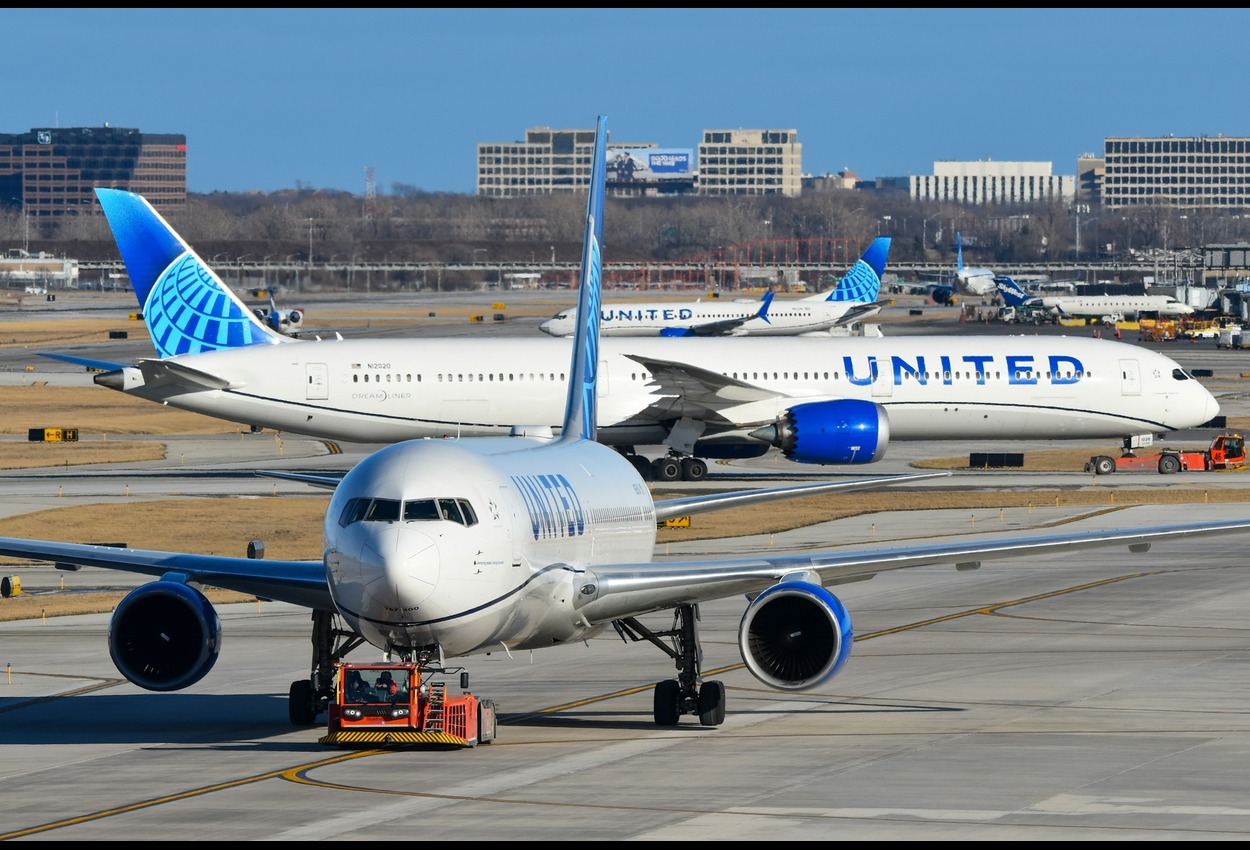Introduction to the United Airlines Flight UA770 Emergency Diversion
Emergencies at 10,600 meters (35,000 feet) quickly attract attention, especially when they involve well-known airlines. The United Airlines Flight UA770 Emergency Diversion perfectly illustrates the meticulous planning, protocols, and teamwork required when a commercial flight must unexpectedly change course. In this article, I analyze in detail the events that occurred during the emergency diversion of Flight UA770, the reasons for these situations, and the behind-the-scenes measures taken to ensure the safety of passengers and crew.
What is an emergency diversion?
An emergency diversion occurs when an aircraft changes its original route and lands at an airport other than its intended destination, usually due to an emergency. These emergencies can range from medical incidents and mechanical problems to unforeseen weather conditions. In the case of United Airlines Flight UA770, this diversion allowed for rapid decision-making and response.
Timeline: United Airlines Flight UA770 Emergency Diversion
The incident began normally, with the UA770 taking off as scheduled. At some point, the crew detected a problem, potentially medical, technical, or an external threat. The crew assessed the emergency, communicated clearly with air traffic control, and coordinated with ground crews to identify the safest airport nearby for the diversion.
Although the details of the United Airlines Flight UA770 Emergency Diversion may vary depending on the report, the critical steps in these episodes generally include:
Identification of a potential or ongoing emergency
Notification of the flight crew or coordination between the pilots and flight crew
Immediate communication with air traffic authorities
Decision to initiate emergency procedures and select an alternate airport
Passenger briefing and cabin preparation for a possible descent or rapid landing
You may also like: veneajelu
Reasons for Emergency Diversions
It is natural to wonder what could have triggered a diversion like that of UA770. Common causes include:
Medical emergencies: A passenger or crew member becomes ill or injured and requires immediate attention.
Technical or mechanical issues: Unexpected problems with aircraft systems that could compromise safety.
Safety threats: Suspicious behavior or safety issues on board require a precautionary landing. Weather Issues: Bad weather at the destination or along the route.
The emergency diversion of United Airlines flight UA770 would have been possible after a thorough assessment before the crew committed to diverting the flight. Pilot and airline protocol prioritize safety; sometimes the safest decision is to land as quickly as possible.
How the Crew Handles an Emergency Diversion
Having worked with aviation professionals, I know that training for these types of in-flight anomalies is intense. The process typically includes:
Following checklists for various emergency situations
Delegating tasks between the captain, first officer, and cabin crew
Communicating calmly with passengers to reduce panic
Coordinating medical or technical assistance upon arrival at the diversion airport
During the emergency diversion of United Airlines flight UA770, the crew focused exclusively on the well-being of the passengers while managing the complexity of the incident.
The Passenger Experience
For travelers, an emergency diversion is synonymous with uncertainty and perhaps fear, but also requires precise crisis management. Passengers on flight UA770 likely noticed:
Announcements informing them of what to expect
The crew preparing seats and stowing personal belongings
Changes to the flight plan or a faster-than-expected descent
Upon landing, instructions for disembarking and preparing for the onward journey
The crew’s professionalism goes a long way in maintaining order in the chaos of a diversion.
Communication with Families and the Media
When an incident like the emergency diversion of United Airlines flight UA770 occurs, the airline’s communications team quickly mobilizes to inform families and the public. Official statements typically detail the cause, actions taken, and consequences. Safety updates for the crew and passengers, possible causes, and next steps are communicated as transparently as possible, with details released as they are verified.
Aftermath and Investigation
After the diversion, United Airlines conducts a thorough investigation. This review focuses on the causes of the diversion, how it was handled, and possible improvements for future incidents. Passengers are typically provided with assistance, including rebooking, accommodations if necessary, and follow-up assistance.
Lessons Learned from the United Airlines Flight UA770 Emergency Diversion
Every emergency diversion, including that of United Airlines Flight UA770 Emergency Diversion, is a learning opportunity for airlines, crews, and even passengers. The process highlights:
The complexity of flight operations
Detailed safety planning and crew training
Rigorous air surveillance
Conclusion
The United Airlines Flight UA770 Emergency Diversion is a testament to the professionalism of aviation and the critical importance of safety. As a passenger or anyone interested in the airline industry, understanding these situations builds confidence in the systems and people that make air travel one of the safest ways to get from point A to point B. If you ever find yourself on a diverted flight, know that a vast network of dedicated professionals works tirelessly behind the scenes to ensure everyone arrives safely.

